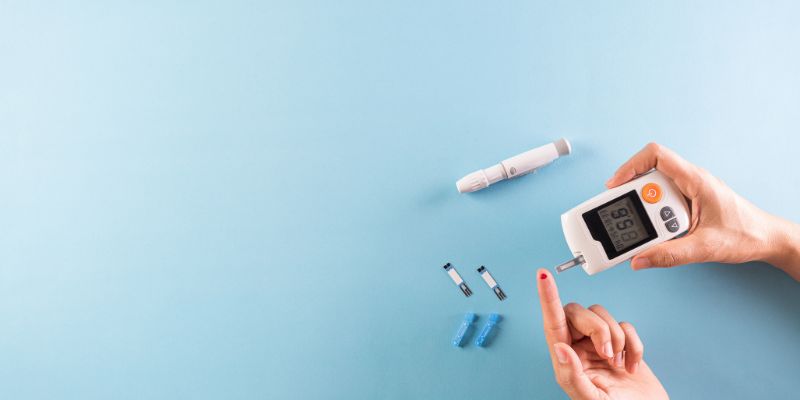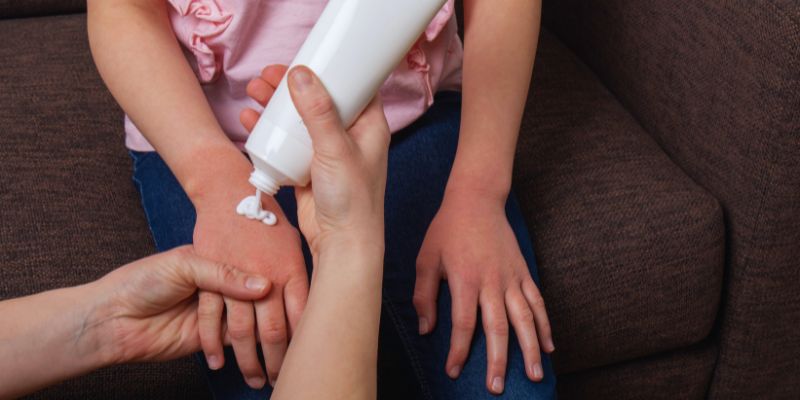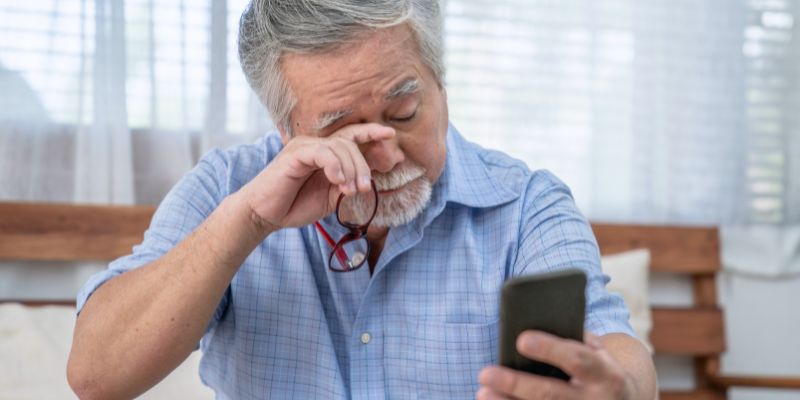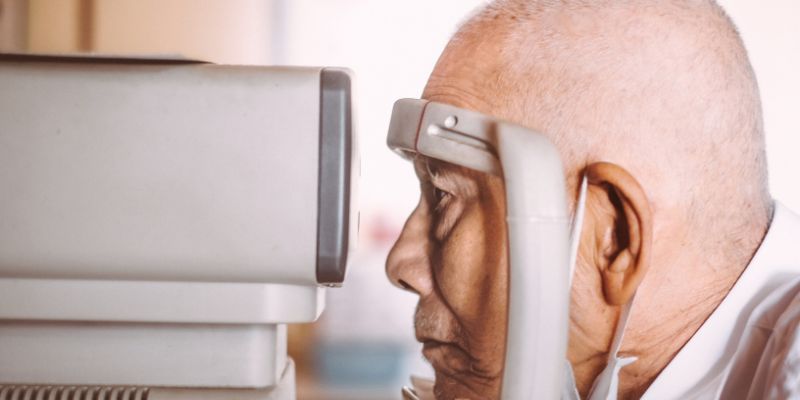Natural and Medical COPD Treatment Options: A Complete Understanding
COPD is a progressive lung disease that affects millions of people globally. It can cause constant coughing, trouble breathing, and tiredness. Treating COPD calls for several strategies, including both natural and medicinal ones. The objectives are improving lung function, lowering symptoms, and thereby enhancing quality of life.
Significant developments in COPD disease treatment in recent years provide sufferers fresh hope. Although COPD has no cure, correct medication can help control the symptoms. From improved medical therapy to lifestyle adjustments, it's important to know the best COPD treatment steps accessible. This article will discuss both conventional and innovative therapy choices for chronic obstructive pulmonary disease COPD treatment, therefore stressing both current medical procedures and natural remedies.
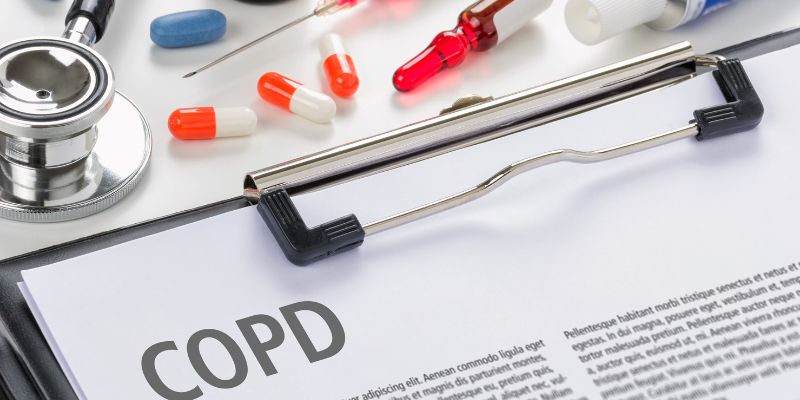
Natural COPD Treatment Options
Effective management of COPD begins with changing one's lifestyle and integrating appropriate diet and exercise. These natural therapies can help reduce symptoms, prevent further lung damage, and raise the general quality of life.
Diet and Nutrition
Maintaining general health and supporting lung function depend on a good diet and nutrition. A diet heavy in antioxidants, lean proteins, and good fats could help COPD sufferers. Antioxidants assist in lowering lung inflammation found in fruits and vegetables. Rich in antioxidants, foods including berries, spinach, and kale can help guard the lungs from more damage. Including lean proteins like chicken, fish, and beans also supports the immune system and helps tissues heal. Because they help lower inflammation and offer fiber and energy, whole grains, including quinoa and oats, are also vital for general health.
Exercise
Another absolutely vital component of controlling COPD is physical activity. Lung capacity, endurance, and general physical strength can all be increased with mild workouts, including walking, yoga, and stretching. Regular physical exercise improves circulation and helps muscles remain strong, therefore facilitating the body's ability to provide oxygen to organs. Additionally beneficial for mood, anxiety control, and improved sleep is exercise. COPD sufferers should, therefore, see their doctor before beginning any new fitness program, especially if their illness is severe.
Breathing Techniques
For persons with COPD, learning breathing techniques, including diaphragmatic breathing and pursed-lip breathing, can be quite helpful. These approaches can help control anxiety, ease dyspnea, and increase general lung capacity. Exhaling gently through pursed lips, known as pursed-lip breathing, helps keep the airways open and increases airflow. Diaphragmatic breathing works on using the diaphragm to inhale deeply, under control. Improving oxygen intake and reducing breathlessness, especially during physical exercise, dependent on these COPD therapeutic actions, is crucial.
Herbal Remedies
Some herbs might also help with COPD symptoms. Natural anti-inflammatory qualities of herbs such as ginger, turmeric, and garlic aid in reducing symptoms. While turmeric includes curcumin, a chemical noted for its anti-inflammatory and antioxidant qualities, ginger can help lower airway inflammation. By encouraging blood flow and hence lowering inflammation, garlic has also been found to benefit lung health. Patients should see a healthcare physician before using any herbal therapies since they may interfere with recommended COPD medication treatment.

Medical Treatment Options for COPD
Apart from home cures, medical intervention is quite important for controlling COPD and slowing down disease advancement. For those with this disease, there are numerous treatment choices meant to reduce symptoms, boost lung capacity, and raise the general quality of life.
Inhalers and Medications
One of the most often used therapies for COPD is the use of inhalers, which straightly administer medication to the lungs. Usually, these inhalers include steroids and bronchodilators. Working by relaxing the muscles around the airways, bronchodilators help to open them and ease breathing. It can help to promote ventilation and ease chest tightness. Conversely, steroids aid in lowering lung inflammation, preventing flare-ups, and easing coughing and wheezing. Since they directly target the underlying causes of respiratory problems, both steroids and bronchodilators are absolutely vital for treating COPD.
Oxygen Therapy
Oxygen therapy is often necessary to help people with advanced COPD raise blood oxygen levels. By delivering more oxygen through a mask or nasal cannula, oxygen therapy helps individuals breathe more freely and increases body oxygenation. Those with low blood oxygen levels significantly benefit from this treatment; it can help lower shortness of breath, boost energy, and prevent heart failure, among other issues. For individuals with advanced disease, treatment for severe COPD often includes oxygen therapy to maintain proper oxygen levels and reduce complications.
Pulmonary Rehabilitation
Pulmonary rehabilitation is a whole program meant to help COPD sufferers by enhancing lung function, raising exercise tolerance, and addressing emotional well-being. Usually, it combines therapy to handle the mental difficulties of living with a chronic condition, information on COPD management, and fitness programs. Particularly in individuals with more severe symptoms, pulmonary rehabilitation has been found to help those with COPD disease therapy live better.
COPD Drugs Treatment
For individuals whose symptoms do not improve with standard treatments, newer drugs such as phosphodiesterase-4 inhibitors answer the question of what is the most effective treatment for COPD in these cases. These medications lower airway inflammation and stop exacerbations, that is abrupt flare-ups of symptoms. Usually, individuals whose illness does not get better with conventional therapy utilize them. These more recent medications present a great advancement in the treatment of COPD since they provide extra choices for improved condition control.
Surgery and Procedures
In severe forms of COPD, surgical treatments could be required. Lung volume reduction surgery (LVRS) is the removal of diseased lung sections meant to increase airflow. Usually regarded for patients with severe emphysema is this operation. Under most extreme circumstances, patients whose lungs are no longer functional might consider a lung transplant. For some individuals with severe COPD, surgery greatly enhances quality of life, even if it involves major risks.
Conclusion:
Managing COPD requires a complete strategy, including conventional therapies and natural alternatives. Although lifestyle adjustments, such as a balanced diet, exercise, and breathing techniques, can help reduce symptoms, pharmacological interventions such as inhalers, oxygen therapy, and pulmonary rehabilitation are absolutely vital in improving lung function and quality of life. For people with severe disease, new developments in COPD medication treatment and surgical choices give hope.


